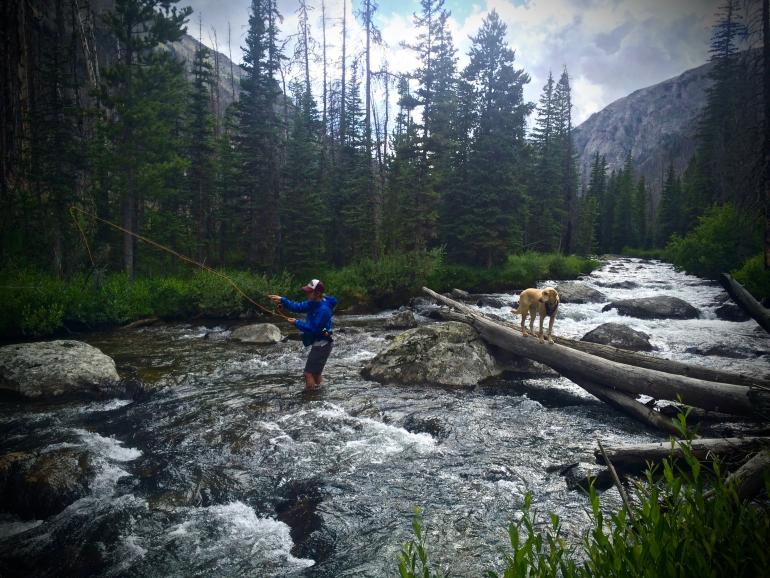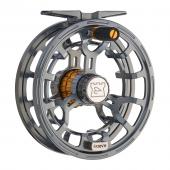Easy Catch
Therapy sessions for an insecure fly-fisherman.
There are guys that love to fly fish, and then, there are guys like me that simply love to fly fish. I own mediocre tackle. My waders are ancient hand-me-downs. I keep my few flies in a small box in an old Cabela’s fanny-pack. And those trendy flat-billed hats from fringe fishing brands just don’t look cool on me. Despite years of experience, I feel inadequate when I march up to a river full of anglers. I suddenly find myself clumsy, hesitant, and unsure of my casting arm.
Inevitably, this insecurity begins to break me from my concentration. My cast begins to widen, and the line makes huge loops. My ungraceful presentation usually ends with the line coiling, and the fly plopping into the water. Imagined or not, I feel the eyes of everyone on the river burning me, and I cringe. Despite the fact that there are nearly endless possibilities for great fishing close to many major roads in Montana, it is for this reason I find fishing the popular rivers to be very mentally challenging.
Thankfully, Montana is full of wild spaces where small streams can be fished in solitude. These are the places I like to fish—where no one can see the five poor casts I make for every one good one. And let’s not forget those magical, naïve fish occupying such secluded places.
You know exactly what I’m talking about: those uneducated fish that will eat just about anything short of a pebble tumbling in the current; those fish that boost your ego just enough to make you feel like a real fisherman; the ones that don’t require experimenting with a dozen patterns before you find “the one”; fish that eat a nymph or a dry fly with the same eagerness no matter the scenario. Sometimes, you just need to catch those easy ones every now and again.
Most of my fishing trips on the popular rivers end in abandonment for these more secluded spots, where I might trade one toad of a brown trout for two-dozen small brookies. What can I say, I’m a sucker for the tug on the end of the rod, no matter where it comes from.
One summer, after first moving to Bozeman from my home state of Kansas, I had a particularly difficult fishing year. On the larger waters, like the Gallatin and Madison, I just had no idea how to map the flow of the river, and incidentally, blindly cast into the abyss. The results were sparing. It probably didn’t help the fact that I seemed to only find time to go when the water was murky after a rain, or during a rain storm itself. In any case, I barely caught anything.
It was on a trip to the Bob Marshall Wilderness Complex later that year that everything seemed to come together. My friend and I marched down a barely-used trail for eight miles, carrying packs way heavier than necessary, with bear spray on one hip and a pistol on the other. We talked warily of bears the whole time, as if waiting to get mauled at any moment. We were completely exhausted when we finally reached the North Fork of the Flathead River by early afternoon. We had barely taken off our loads before we were running to the river’s edge with our fly tackle. I think we each caught a fish our first cast. And then we caught another, and another. These just weren’t small trout either; some were 14 inches long—the biggest either of us had caught on fly gear up to that point.
“Dude, fishing the Gallatin is way harder than this!” I shouted to Shay, as we each fought a fish, Shay’s on a prince nymph and mine on a parachute Adams. We were giddy with childish glee.
“Totally agree with you buddy!” Shay shouted back in delight.
He was covered in sweat, and fresh cuts crisscrossed his legs from marching through thimbleberry patches. My feet were covered in blisters from the new boots I wore, and I felt a dull ache in my lower back from shouldering the heavy pack. Our camping gear lay scattered all over the ground behind us in some trees. We had five more days to survive in the wilderness, and had consumed approximately two day’s worth of food by noon.
Somehow, it felt like the easiest fishing of my life.










